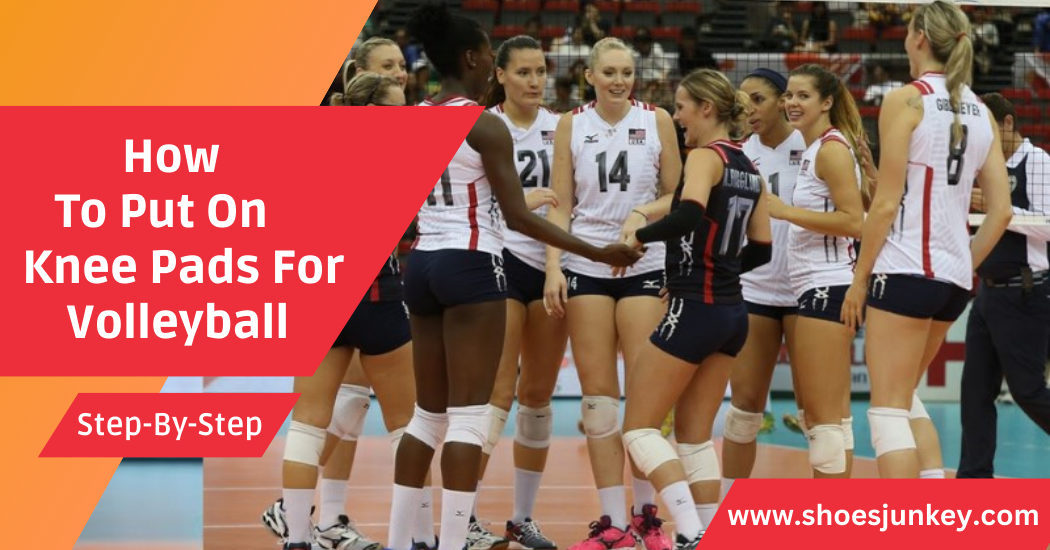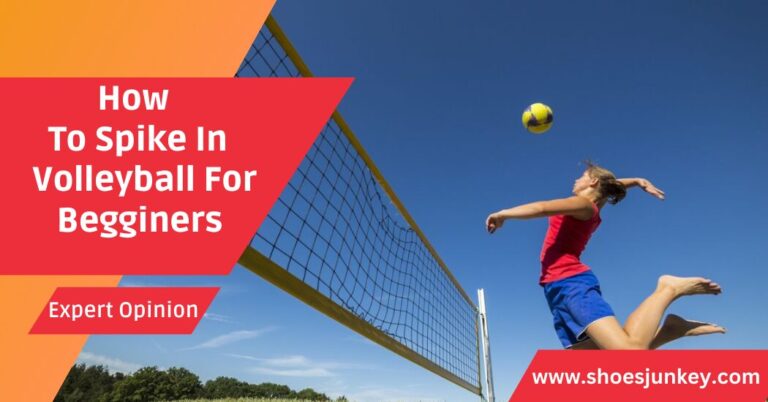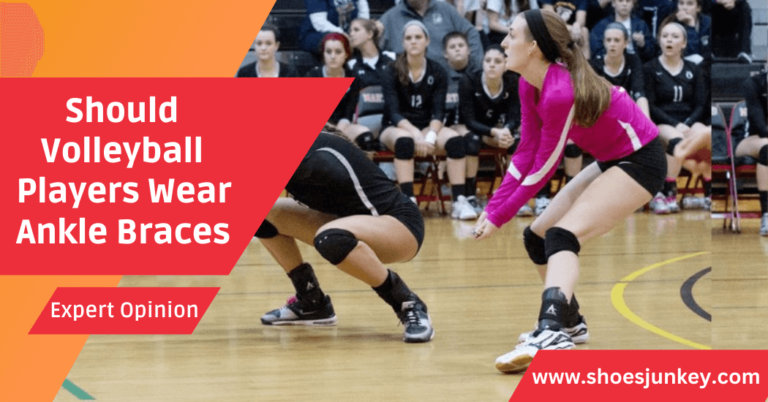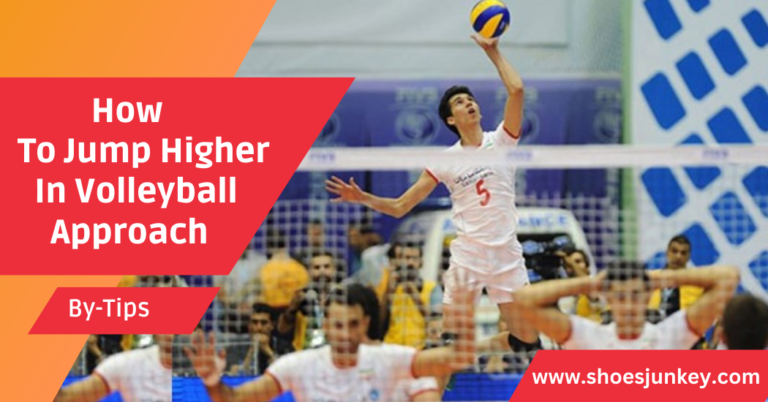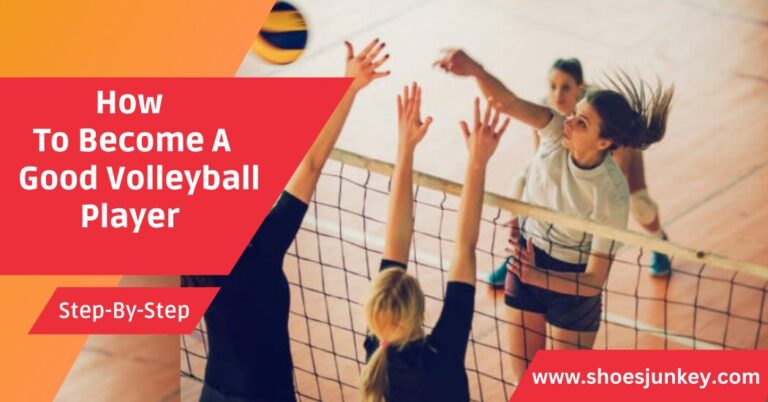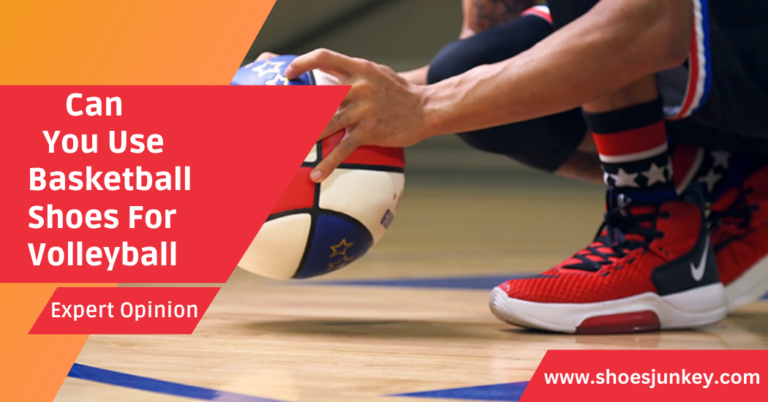How To Put On Knee Pads For Volleyball?
Volleyball is an exhilarating and physically demanding sport that demands quick reflexes and constant movement. Due to the dynamic nature of the game, having the right protective gear is crucial to prevent injuries and one such essential piece of equipment is the knee pad.
In this article, we will explore the importance of knee pads in volleyball, discuss the different types available and provide a step-by-step guide on how to put them on correctly for maximum comfort and effectiveness.
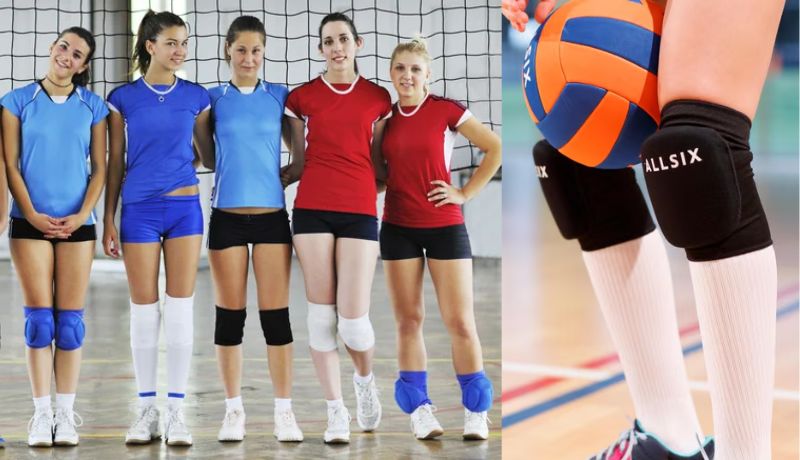
The Importance of Knee Pads in Volleyball
Knee pads are vital to volleyball players as they provide cushioning and support when diving for the ball or executing quick, low moves close to the ground. By absorbing shock and impact, knee pads help reduce the risk of bruising, abrasions and more serious injuries like ligament damage or dislocation. Furthermore, wearing knee pads can boost a player’s confidence, allowing them to be more aggressive in their gameplay without the fear of injury.
Choosing the Right Knee Pad
There are various types of knee pads available, each designed for specific needs and levels of protection. Some of the most popular options include:
- Foam Padded Knee Pads: These knee pads are made with foam padding and provide basic protection and cushioning. They are lightweight, flexible and suitable for beginner to intermediate players. An example of this type of knee pad is the Mizuno LR6 Volleyball Knee Pads.
- Gel Padded Knee Pads: Gel pads offer superior shock absorption and are designed for advanced players who need extra support and protection. The ASICS Ace Low Profile Knee Pads are a great example of gel padded knee pads.
- Sleeve-style Knee Pads: These knee pads have a sleeve-like design that provides compression and helps improve blood flow. They offer moderate protection and are ideal for players who prefer a minimalist design. The Nike Streak Volleyball Knee Pads are one example of sleeve-style pads.
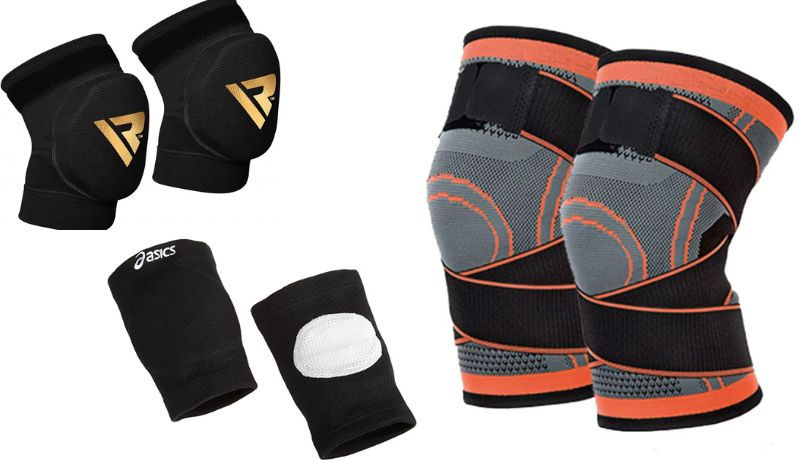
Selecting the Appropriate Size and Level of Protection
When choosing knee pads, consider the following factors:
- Size: Measure the circumference of your leg, about 4 inches above the knee and compare it to the manufacturer’s size chart. Make sure the knee pads fit snugly without causing discomfort or restricting movement.
- Material: Foam padding is more suitable for beginners or casual players, while gel padding offers enhanced protection for advanced players who require additional support.
- Level of Protection: Consider the intensity of your gameplay and choose knee pads that offer proportional protection. Advanced players who frequently dive and slide may need more robust knee pads compared to casual or recreational players.
Step-by-Step Guide to Putting on Knee Pads
Putting on volleyball knee pads correctly is crucial not only for maximum protection but also for ensuring comfort during the game. Wearing them incorrectly can hinder movement, cause discomfort and even reduce the effectiveness of the pads. Following is a step-by-step guide to ensure you’re wearing your knee pads correctly:
- Ensure your legs are clean and dry: Before putting on your knee pads, make sure your skin is clean and dry to prevent chafing and discomfort.
- Slide the knee pad up your leg: Hold the top and bottom of the knee pad and slide it up your leg. The thicker portion of the pad, which provides the most cushioning, should be over your knee cap.
- Adjust for comfort: Once the knee pad is in place, adjust it as needed for comfort. It should fit snugly but not so tight that it impedes blood flow or restricts your movement.
- Check alignment: The knee pad should be centered on your knee. If it’s off to one side, realign it for optimal protection.
- Repeat for the other knee: Follow the same process to put the knee pad on your other knee.
- Test the fit: Once both knee pads are on, walk around and do a few volleyball-specific movements to ensure that the pads stay in place and are comfortable during movement.
- Adjust as needed: If the knee pads shift out of place or cause discomfort during movement, adjust them as needed. It may take a few tries to find the perfect fit.
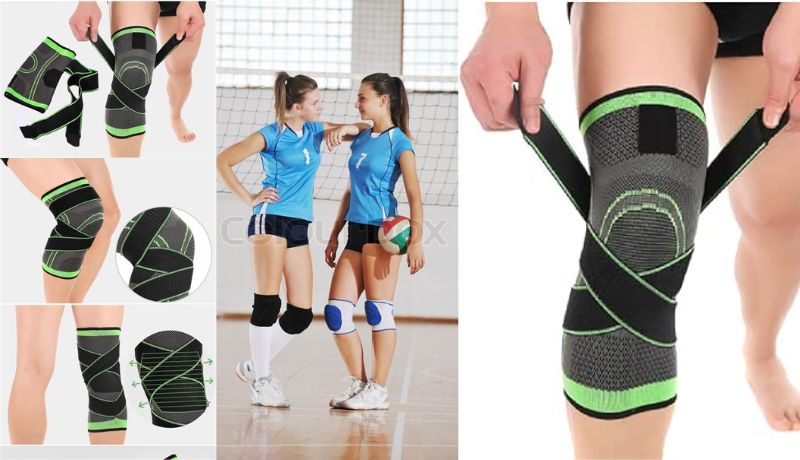
Common Mistakes to Avoid while putting a knee pad
While knee pads are essential for protection in volleyball, incorrect usage might render them ineffective and even potentially cause discomfort or harm. Here are some common mistakes to avoid while wearing knee pads:
- Putting them on too tight: While a snug fit is necessary to keep the knee pad in place, wearing them too tightly can lead to restricted blood flow or discomfort during play. Always check to ensure that the knee pad is comfortable and does not hinder movement.
- Misalignment: Knee pads should be perfectly aligned with your knee cap for maximum protection. Wearing them too high or too low can expose the knee to potential injuries.
- Overlooking the size and style: Not all knee pads are created equal. Different styles cater to different levels of play and protection. Choosing the wrong size or style can lead to discomfort and inadequate protection.
- Ignoring wear and tear: Like any equipment, knee pads also wear out over time and may not provide the same level of protection. Regularly check your knee pads for signs of wear and tear and replace them as needed.
- Neglecting cleanliness: Knee pads should always be kept clean. Regular washing helps to prevent skin irritations and maintain the integrity of the pads.
- Skipping the try-out phase: It’s crucial to try out a few movements after wearing the knee pads to ensure they stay in place and are comfortable. Skipping this step might lead to discomfort during the game.
Remember, the key is to make sure you’re protected while remaining comfortable so you can play your best game. With the right knee pads and proper usage, you can boost your confidence and performance on the court without fear of injury. So, choose wisely and play safe! Keep practicing, keep improving!
Guidelines on cleaning and maintaining knee pads
To maintain the longevity and optimal performance of your knee pads, it’s essential to clean and store them properly. Here are some guidelines:
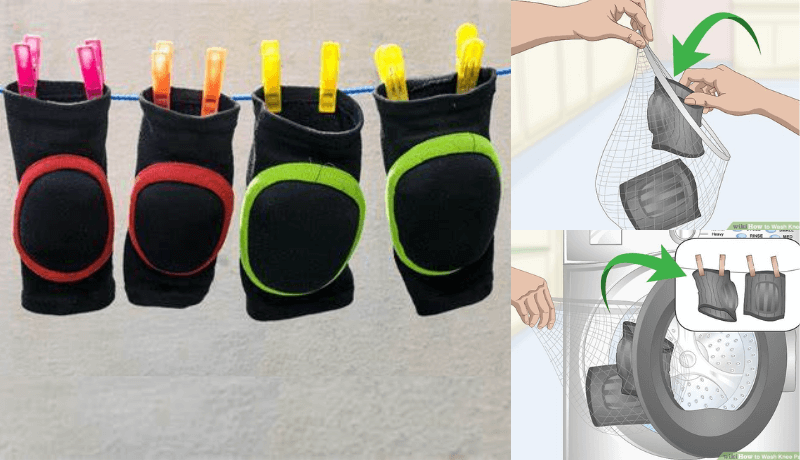
Cleaning Your Knee Pads:
- Machine Wash: Most knee pads are machine washable, but always check the manufacturer’s instructions. Use cold water and a gentle cycle to prevent damage to the padding and elasticity.
- Hand Wash: For knee pads that aren’t machine washable, hand wash them with mild soap and warm water. Rinse thoroughly and avoid wringing to prevent deforming the padding.
- Dry Naturally: After washing, let your knee pads air dry naturally. Avoid using heat as it can damage the material and padding.
- Regular Cleaning: Clean your knee pads regularly to prevent the buildup of sweat and bacteria, which can lead to skin irritation.
Storing Your Knee Pads Properly:
- Store Flat: Store your knee pads flat, rather than folded or rolled, to prevent the foam from deforming.
- Avoid Direct Sunlight: Direct sunlight can fade the fabric and degrade the material over time. Store your knee pads in a cool, dry place out of direct sunlight.
- Keep Dry: Always ensure your knee pads are fully dry before storing them to prevent the growth of mold and mildew.
- Separate Storage: If possible, store your knee pads separately from other equipment to prevent them from getting squeezed or distorted.
By following these cleaning and storage guidelines, you can extend the lifespan of your knee pads and ensure they provide optimal protection when you need them. Remember, taking care of your equipment is just as important as wearing it correctly. Now, go out there and dominate the court! Keep playing and keep improving!
Conclusion:
All in all, putting on knee pads for volleyball is really quite simple and straightforward. Now that you know the basics of how to slip them on properly, the next time you prepare for a game, or upcoming practice session, be sure to put your knee pads on properly every time. This will help ensure you get the maximum protection possible while playing volleyball. Additionally, maintaining and taking care of your knee pads is key as well.
Remember, safety comes first when it comes to sports like volleyball! Finally, always set aside enough time for proper preparation for each practice or match day––including adjusting those trusty knee pads––to make sure you’re fully prepared and protected at all times!

